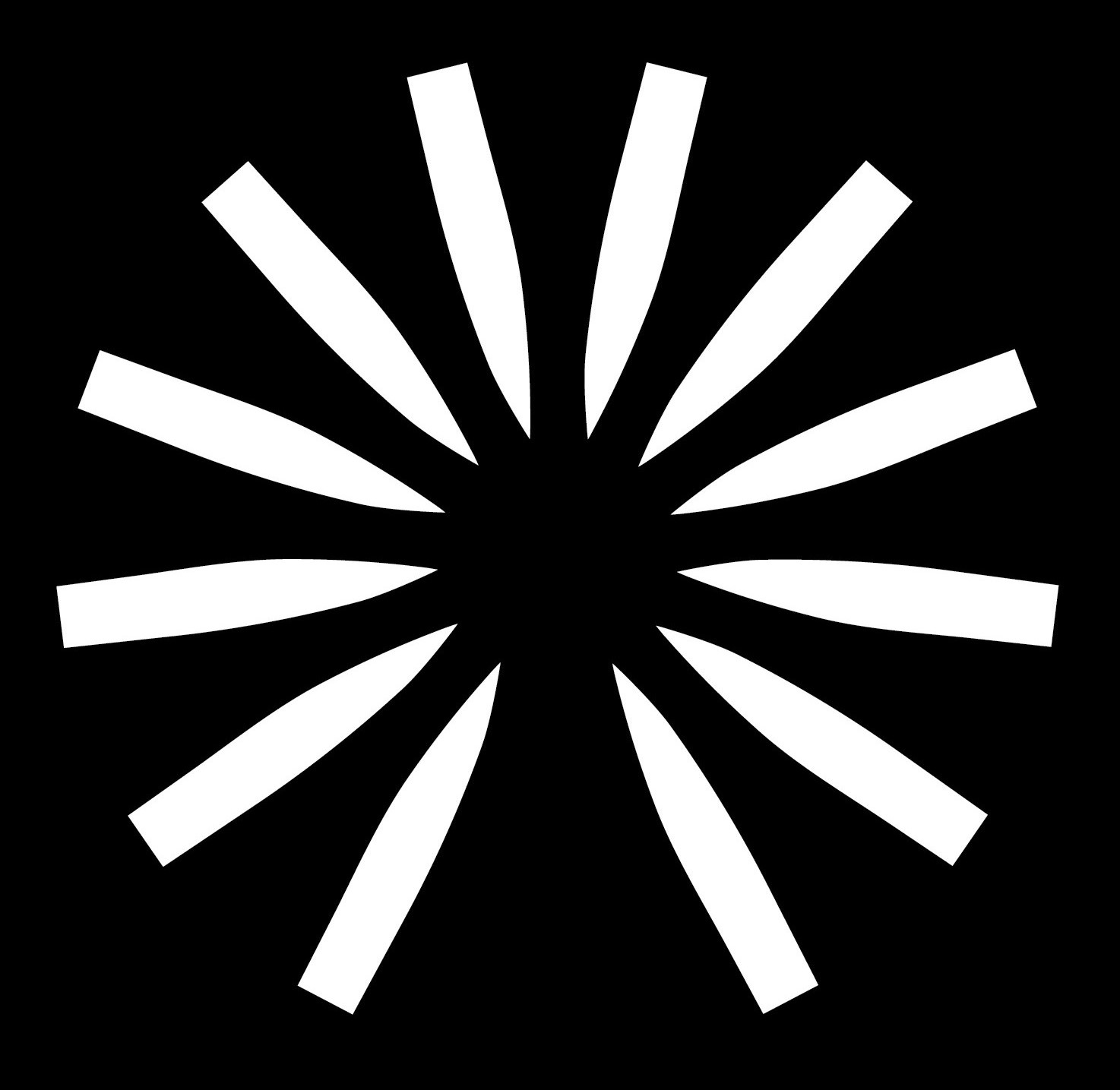
The Chicago Cubs have an interesting decision to make this offseason regarding Shota Imanaga. Given the nature of the deal that Imanaga signed back in January of 2024, the Cubs could actually get out of his contract heading into the 2026 season.
Imanaga has a three-year, $57 million club option that the Cubs will have to decide whether to pick up. Chicago could easily decline that option and choose not to lock him up for the next three years. That $57 million and $19 million per season could then be used elsewhere in free agency.
Things get complicated, though, if the Cubs choose to decline that option. If Chicago declines to pick up the three-year, $57 million club option, then Imanaga will have a $15 million player option for the 2026 season.
So, what should the Cubs do with Imanaga’s club option? Let’s dive into the numbers and decide if Chicago should pick it up.
The Good with Imanaga
When the Cubs signed Imanaga in January of 2024, no one knew what to expect from the Japanese pitcher. However, it didn’t take long for him to make an impact in front of the Wrigley Field crowd. In his first career start -- which happened to come in the team’s home opener in 2024 -- the left-hander tossed six shutout innings with nine strikeouts against the Colorado Rockies.
Imanaga then went on to have a strong rookie campaign. He finished with a 2.91 ERA, 174 strikeouts, an All-Star appearance, and a top-5 finish in both the National League Rookie of the Year Award and National League Cy Young Award.
Imanaga showed ace-level stuff in his rookie year, and that continued in the first half of the 2025 season. The southpaw had a 2.40 ERA and 53 strikeouts across his first 75 innings pitched. He allowed two runs or fewer in 10 of those 13 starts, and the Cubs were 32-10 with him on the mound in his first 42 career starts dating back to last season.
The Bad with Imanaga
After a strong start to his Major League career, it appeared that the league started to figure out Imanaga in the second half of this season. He had a 5.17 ERA in his final 12 regular season starts and wasn’t much better in the postseason. Imanaga allowed two runs across four innings in Game 2 of the NLWC and then gave up four runs across 2 ⅔ innings in Game 2 of the NLDS.
Given those struggles, the Cubs couldn’t even rely on him in a decisive win-or-go-home Game 5 against the Brewers in the NLDS. He was far too inconsistent in the second half, and keeping the ball in the ballpark remains a huge problem for the left-hander.
He allowed 31 home runs across 25 starts in the regular season (tied for the fourth-most in the Majors) and let up three more home runs in the postseason. More importantly, his numbers across the board were down from his rookie season.
His strikeout rate dropped from 25.1% to 20.6%, his whiff rate dropped from 28.3% to 24.6%, and even his barrel rate against dropped from 8.6% to 11.6%. All that contributed to subpar pitching numbers from Imanaga in the second half.
Verdict
Although Imanaga regressed in his second season, picking up his three-year, $57 million option is the right move for this Cubs organization. This is a pitcher who has looked like an ace for the majority of his short career, and $19 million per year for that feels like a bargain.
Now, the biggest question will be whether the best is behind Imanaga and whether the league has already figured him out. With a primary two-pitch mix (four-seam fastball and splitter), the southpaw has become predictable on the mound.
However, Imanaga has shown enough in his first two seasons to give him another three seasons in Chicago. His $19 million per season isn’t a ton of money, especially if he returns to that rookie year form.

